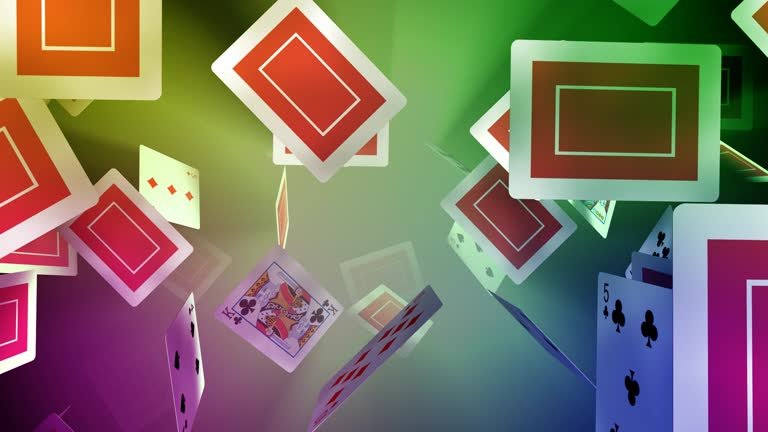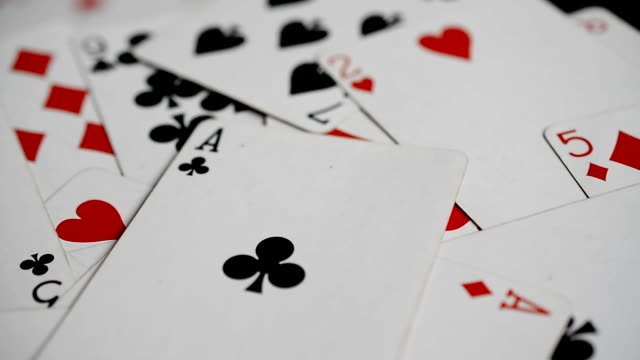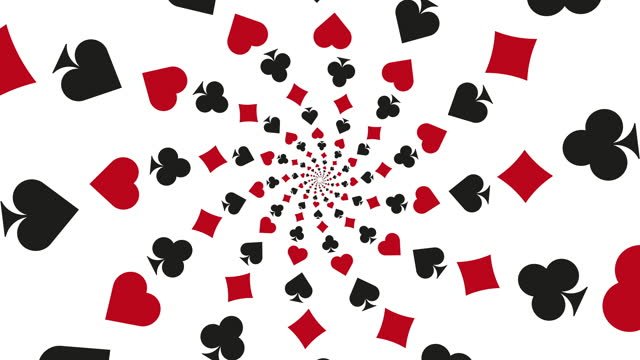
- calendar_month July 17, 2024
- folder Community Engagement
Sharing Tags
#Calendar Connections, 52 Cards, Ancient China, Card Games, European Cards, JohnHart, JohnHart Real Estate, Jokers, Nathan Derry, Nathan Derry JohnHart, Nathan Derry Realty, Nathan Derry Recommends, Nathan Derry, JohnHart Real Estate, Playing Cards History, Seasonal Suits, Symbolism

Hello, I'm Nathan Derry with JohnHart Real Estate. Today, let's dive into the intriguing history of playing cards and explore their fascinating connections to the calendar and the leap year.
Origins and Evolution

Playing cards are believed to have originated in China during the Tang dynasty (618–907 AD), with the earliest known references dating back to the 9th century. These early cards were different from the ones we know today, often used for both gaming and as play money in gambling.
By the 14th century, playing cards had made their way to Europe, likely through trade routes from the Islamic world. The Mamluk card game imported to Europe had a significant influence, and the design and structure of the cards evolved as they spread across the continent.
Standard Deck and Its Symbolism

The standard deck of 52 cards that we are familiar with today has deep symbolic connections to the calendar year:
- 52 Cards: Represent the 52 weeks in a year.
- 4 Suits: Correspond to the four seasons (hearts for spring, diamonds for summer, clubs for autumn, and spades for winter).
- 13 Cards per Suit: Reflect the 13 weeks in each season or the 13 lunar months in a year.
- 12 Court Cards: The face cards (King, Queen, and Jack of each suit) correspond to the 12 months in a year.
- 2 Colors: Red and black can be seen as representing day and night or the duality of the seasons (hot and cold).
The Role of Jokers and Leap Year
The inclusion of jokers in a deck is a relatively modern addition, dating back to the 19th century in the United States. Jokers were initially introduced as a trump card for the game of Euchre. Over time, they became a standard part of the deck and are now commonly used as wild cards in various games.
There is an interesting, albeit less formal, correlation between the jokers and the leap year. With the standard deck containing 52 cards, each representing a week of the year, the jokers are sometimes humorously associated with the extra days that make up the 365 or 366 days in a year. While this isn't a historical fact, it adds an intriguing dimension to the mythology surrounding playing cards.
Playing Cards Today

Playing cards continue to be a popular form of entertainment worldwide, with countless games and variations. They are used in magic, divination, and even art. Their enduring appeal lies in their versatility and the rich history that has shaped their evolution.
Tips for Choosing and Handling Cards
- Quality: Invest in high-quality cards, especially if you play frequently. Cards made of durable materials will last longer and provide a better playing experience.
- Storage: Store cards in a cool, dry place to prevent warping and damage.
- Care: Handle cards with clean hands and consider using a card shuffler to prolong their lifespan.
The history of playing cards is as colorful and varied as the games we play with them. From their ancient origins to their modern-day use, they continue to captivate and entertain. So, next time you pick up a deck of cards, remember the rich history and the intricate symbolism behind each card.
Happy gaming and learning! If you're looking for your next home, don't hesitate to contact me, Nathan Derry, with JohnHart Real Estate.
All the best,
Nathan Derry, Realtor
